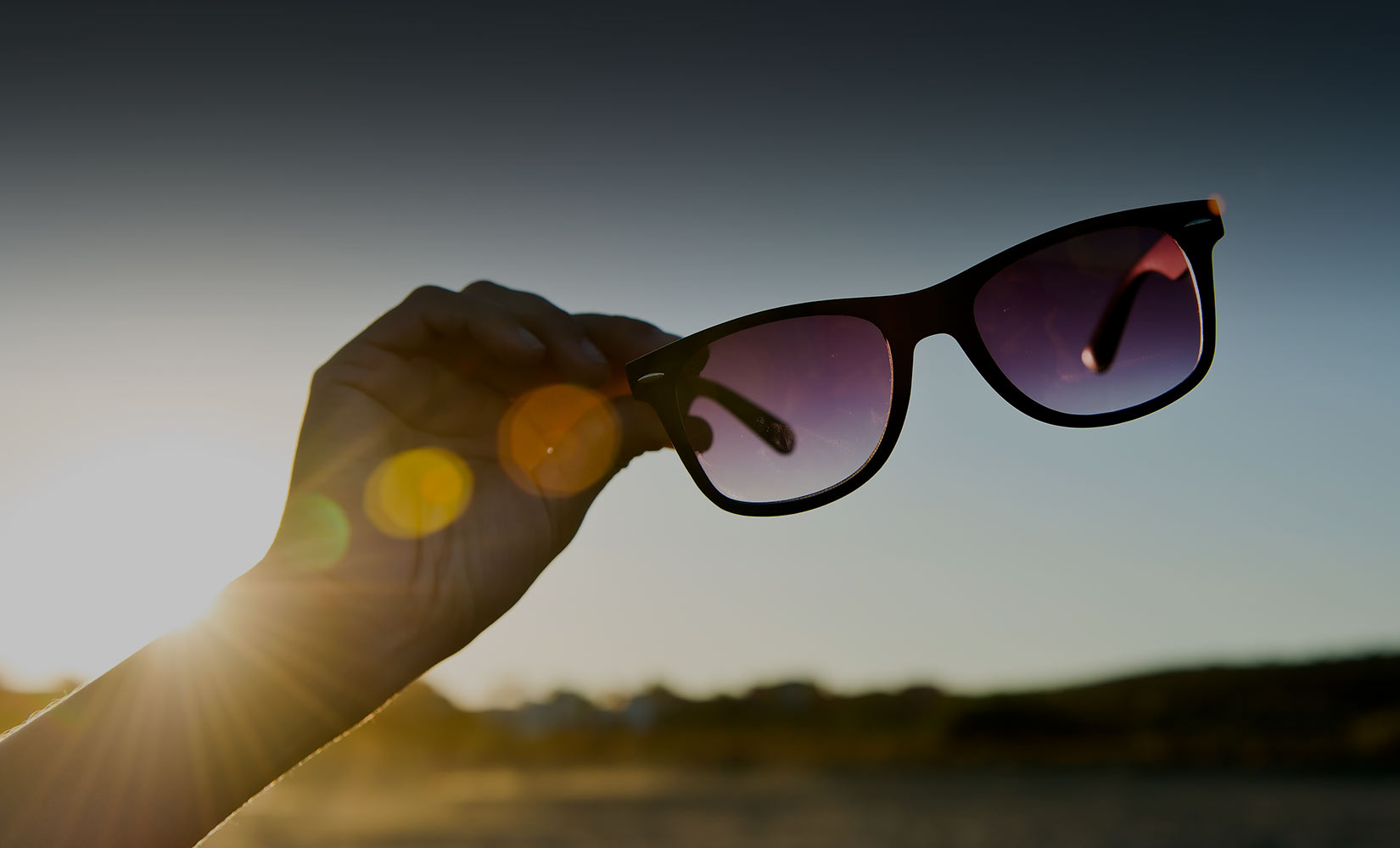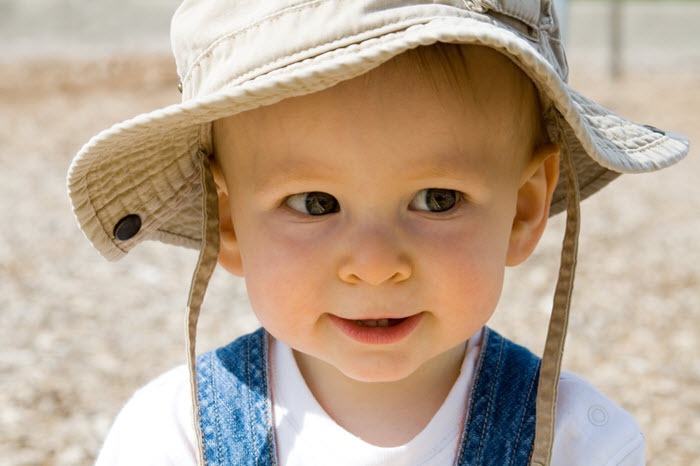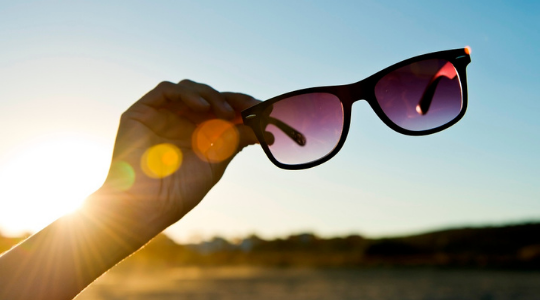
Sun Protection
Protecting Children’s Skin
Children’s skin is more sensitive to UV rays than adults, so it’s important to protect their skin and eyes from sun damage when the UV index is 3 or more, even if it is cool or cloudy.
Did you know that:
- Sunburn in children can increase the risk of skin cancer in later life?
- Damage caused by over-exposure to UV rays can take 20 years or more to develop into skin cancer?
- UV damage to a child’s skin cells can start before their skin tans or burns?
Which sunscreen should I choose?
For a good level of protection, choose a sunscreen that offers protection from both UVA and UVB radiation and has:
- SPF of at least 30
- UVA star rating of 4 or more
If your child’s skin has an adverse reaction to the sunscreen, stop using immediately. Price or branding are not automatic indicators of the quality of a sunscreen – the critical factor is that the sunscreen you purchase has an SPF of 30 or more and a UVA star rating of 4 or more.
SPF number (UVB)
To reduce your child’s UVB exposure you need to pay attention to the SPF number. SPF stands for sun protection factor – the sunscreen’s ability to filter out ultraviolet B radiation (UVB).
The higher the SPF number, the greater the protection. SPF 15 will block 93% of UV radiation, while a SPF 30+ will give your child more protection, screening out 96% of UV radiation.
Star rating (UVA)
To protect against ultraviolet A radiation (UVA) rays, you need to make sure the sunscreen has a UVA rating of 4 or 5 stars, or displays the EU logo for UVA protection.

In NI we measure UVA protection with the ‘star’ system. Sunscreens can have anywhere from 0 to 5 stars. Look for a star rating of 4 or more.
 Sunscreens manufactured in accordance with the EU recommendation for UVA protection, will be labelled with a UVA logo, the letters ‘UVA’ printed in a circle
Sunscreens manufactured in accordance with the EU recommendation for UVA protection, will be labelled with a UVA logo, the letters ‘UVA’ printed in a circle
Applying sunscreen
Apply their sunscreen generously at least 30 minutes before going outdoors, and reapply at least every two hours, especially if your child is in the water or sweating.
It’s important to remember that no sunscreen gives 100% protection against UV rays.
Top tips for protecting your child’s skin
For babies
Keep babies under six months out of direct sunlight. Their skin burns much faster than adults’ and even in the shade can be burned by reflected UV rays. Use clothing, hats and shade to prevent exposure to UV radiation. Do not leave babies or small children in a car for shade as they can rapidly become dangerously overheated!
If exposure to sunlight is unavoidable, use only small amounts of sunscreen on unprotected areas. Always use a sunscreen which has been specially formulated for babies with a high SPF 30 or greater and UVA 4 or 5 star. If your child’s skin has an adverse reaction to the sunscreen, stop using immediately.
Shade
Try to keep children in the shade as much as possible, especially when the UV index is highest between 11am and 3pm.
Clothes
Choose clothes that cover children’s arms, legs and neck. Look for lightweight materials to allow air flow and with a tight weave to reduce penetration by UV rays. Several manufacturers now provide sun-safe wear, especially swim-wear, with a UV rating known as ultraviolet protection factor (UPF).
Choose fabrics with a UPF greater than 15. Always check worn, wet and loose weave materials for sun safety. Hold the garment up to the light – if the light passes through easily then so can UV rays and your child’s skin can burn.
Hats

Try to get children used to wearing hats. Start early with soft hats that fold comfortably while your baby sleeps. Keep them in place with a tie or velcro chin strap. Always check ties to avoid risk of choking. Broad-brimmed hats or hats with a legionnaire flap give more protection.
Sunglasses
Ensure childrens sunglasses provide UV protection and have a recognised safety standard mark.
Maintain Hydration
Children, especially babies, can become dehydrated in warm sunny weather. Always have extra drinks to keep them hydrated and cool.
Follow the Care in the Sun code
- Stay out of the sun when the UV rays are strongest (11am-3pm in Northern Ireland). Find out how to check the UV levels here
- Even on a cool day with light cloud cover, UV radiation can cause skin damage
- Cover up with clothing, hats and sunglasses
- Use a sunscreen with high SPF and UVA protection
- Keep hydrated
- Discourage sunbathing. Practise what you preach – parents are role models

CARE IN THE SUN
RISK FACTORS
Anyone can develop skin cancer, whatever their skin colour. However, certain skin types are more at risk from the effects of UV radiation than others.
SKIN PROTECTION
Too much ultraviolet (UV) light, either from natural sunlight or from artificial sources such as sunbeds, is the main cause of 80% of skin cancers.
SUNBEDS
Sunbeds, tanning booths and sun lamps give out ultraviolet (UV) rays that can damage your skin and can make it look wrinkled, older or leathery.

